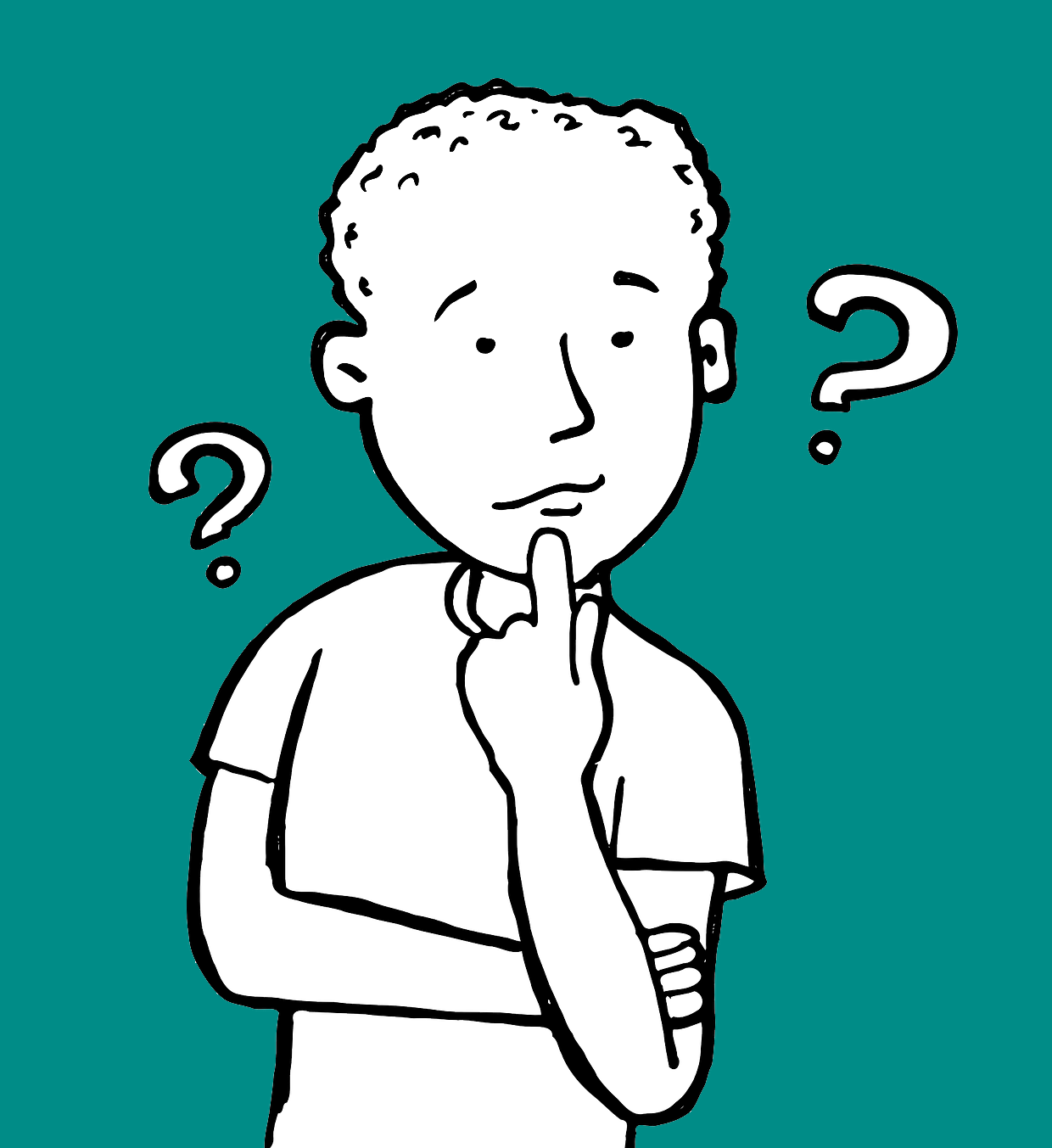Seeking and finding
professional help
Often it is like this: I have a problem and I try to solve it. But, what exactly is the problem? Precisely this is not always so clear and it is difficult to admit it to oneself. Sometimes only one thing helps: Help from others. Still, this is anything but easy to admit. Because who wants to be helped by others when it comes to their own thoughts and feelings?
But even if it is difficult: External help should never be excluded and at best should be called in early. After all, deep sadness, depression and trauma are illnesses, and when illnesses occur, the help of professionals should always be sought, because they can help in a way that non-experts will never be able to. Most of the time this becomes clear quite quickly, namely after the first appointments: In most cases, the affected people are already doing better by then.

How can someone find professional help?
That is in itself “quite simple”, because there are now many help offers.
On the website of the Stiftung Deutsche Depressionshilfe there is, among other things, a search for crisis services and counseling centers, as well as a free hotline that answers questions around the topic of depression.
The association Bundeskonferenz für Erziehungsberatung offers professional counseling services via the Internet for young people and parents.
An information site of the professional association of pediatricians.
www.jugendpsyche.de
Here, you can find a lot of information on psychological problems in young people.
Fast, free and anonymous help for young people in crisis situations. In German, Arabic and English.
Counseling services for children and young people from counselors or other young people, as well as counseling for parents. Counseling takes place via the Internet or by telephone.
Telephone counseling throughout Germany with regional offices. In this way, specific information and contact points can be directly provided depending on the place of residence.
Anonymous mail consultation for young people at risk of committing suicide using the peer-to-peer approach. This means that young people under 25 help voluntarily – with the support of specialists, of course – and are in close contact with those affected via e-mail.


